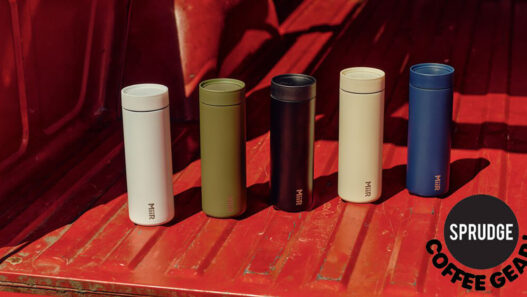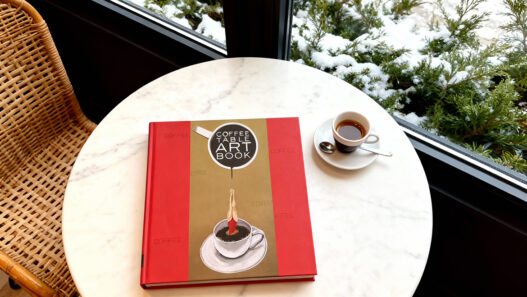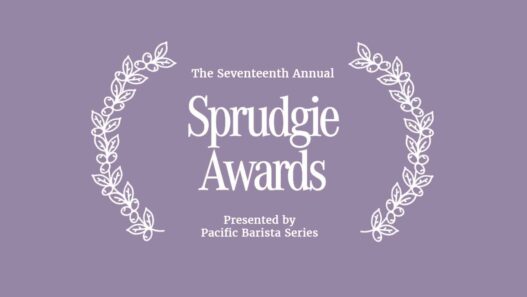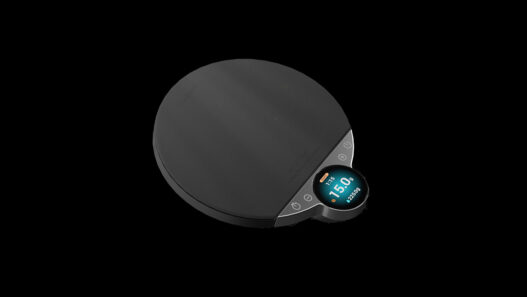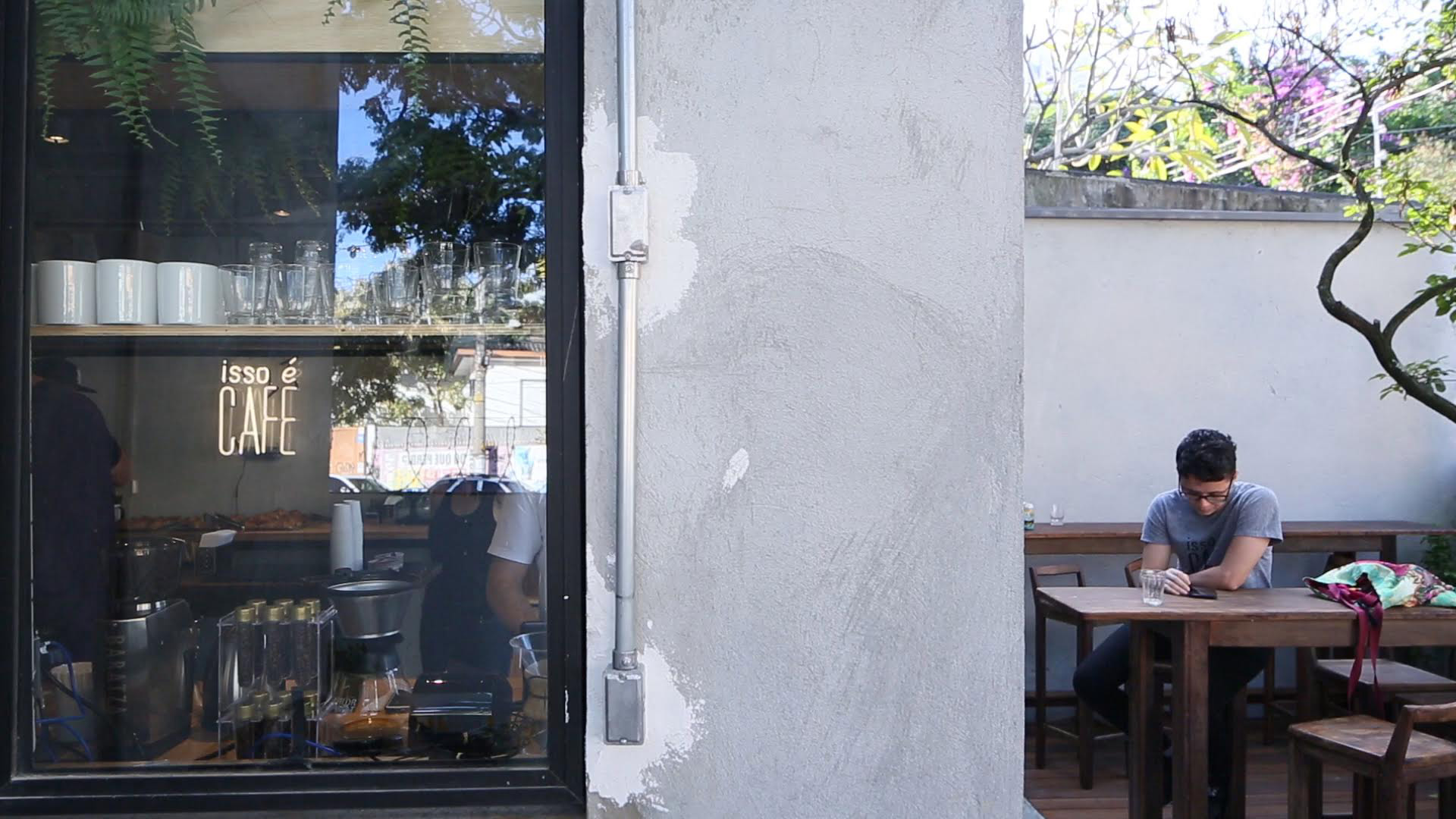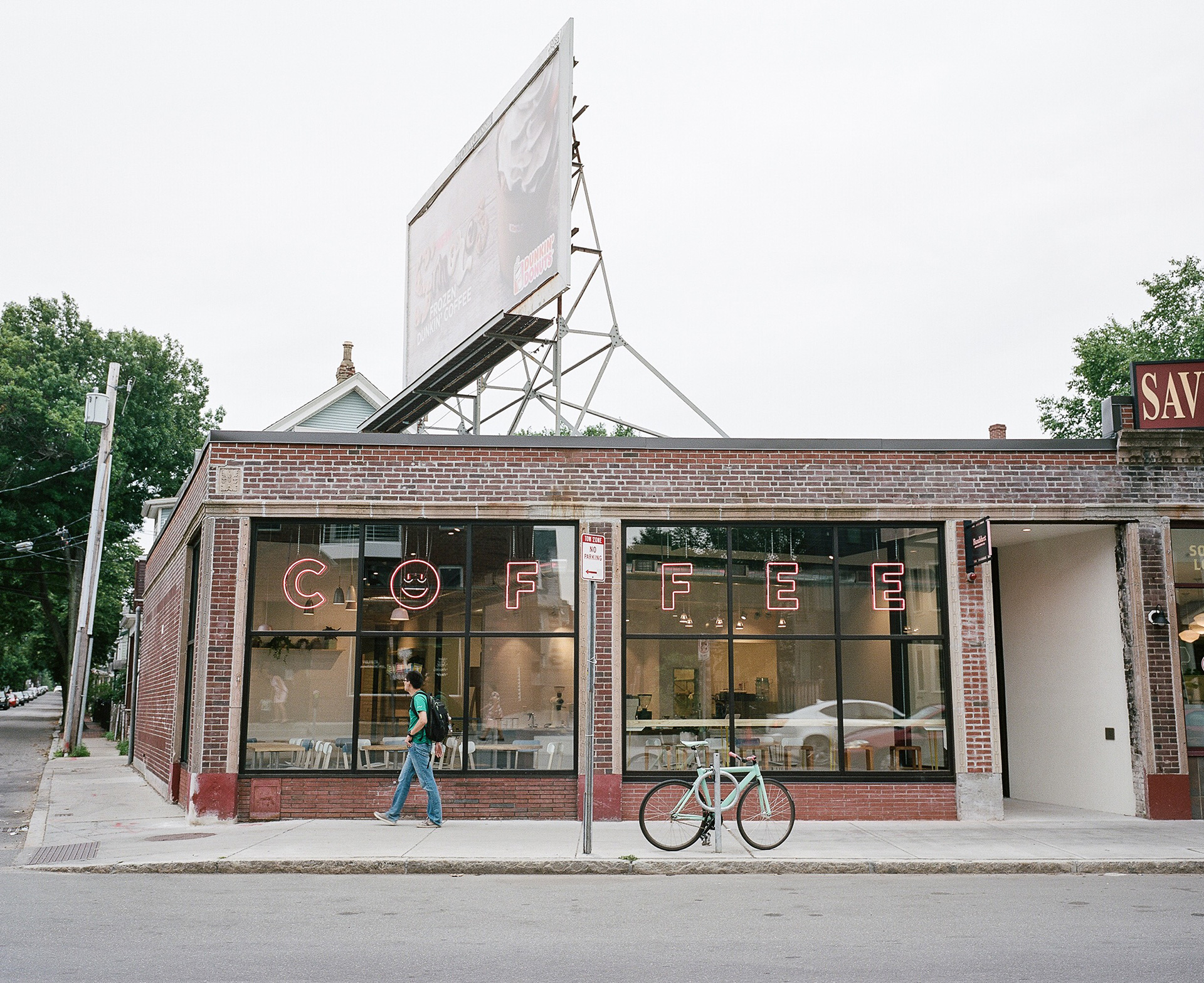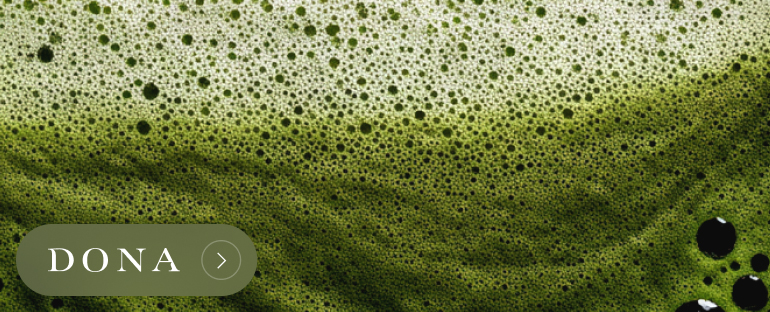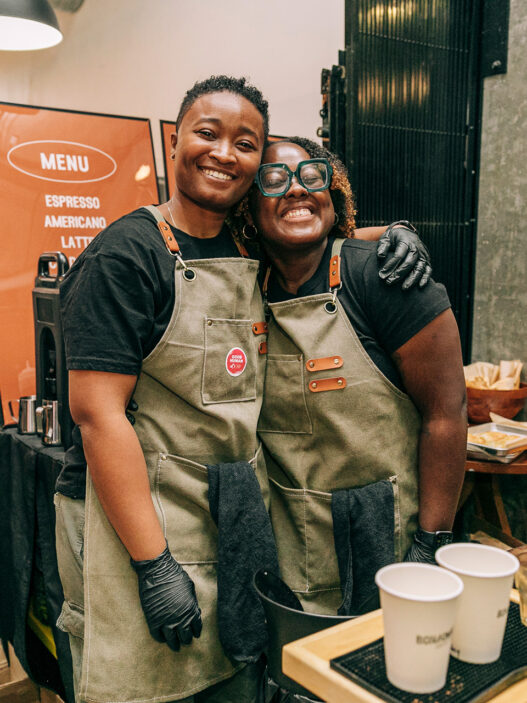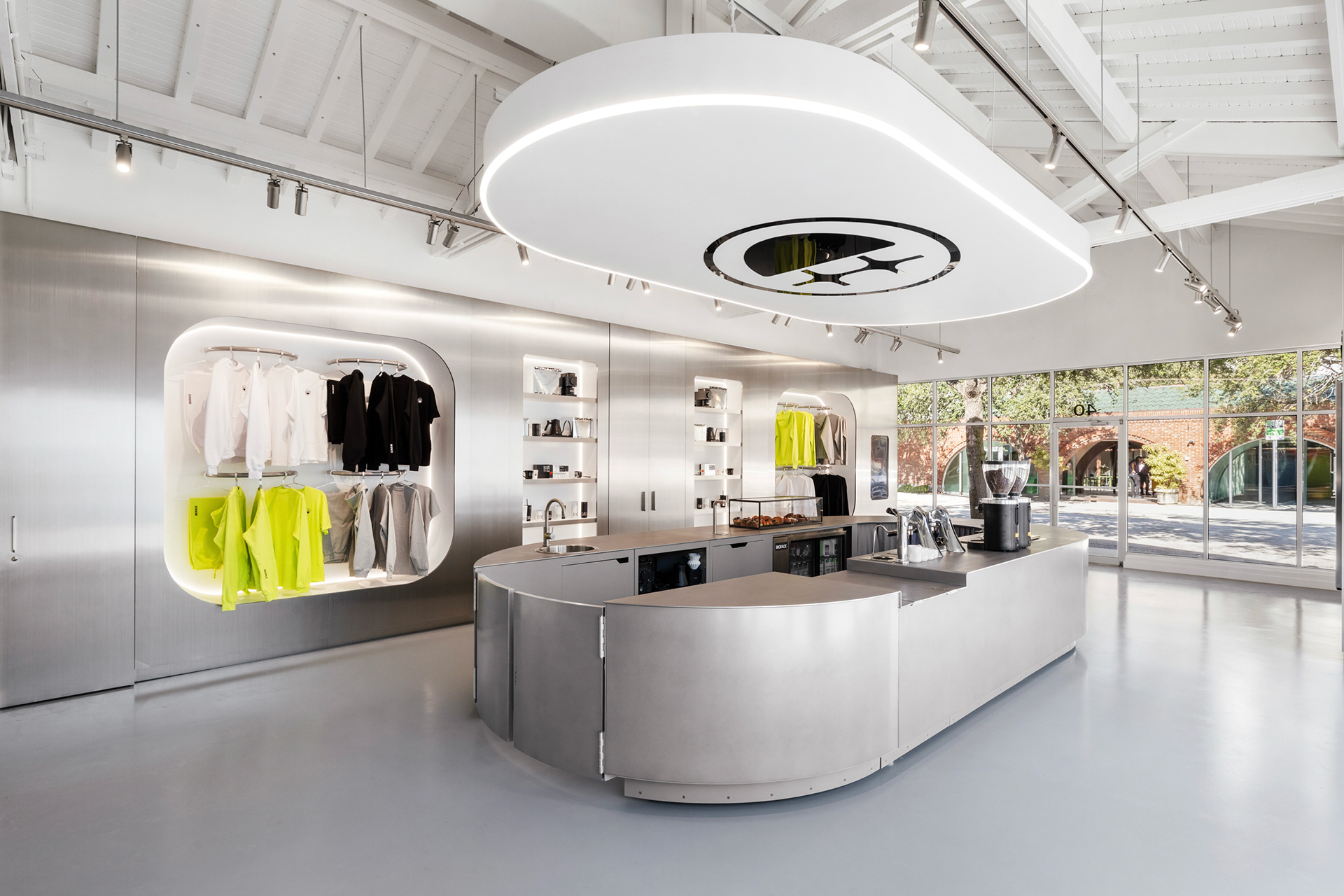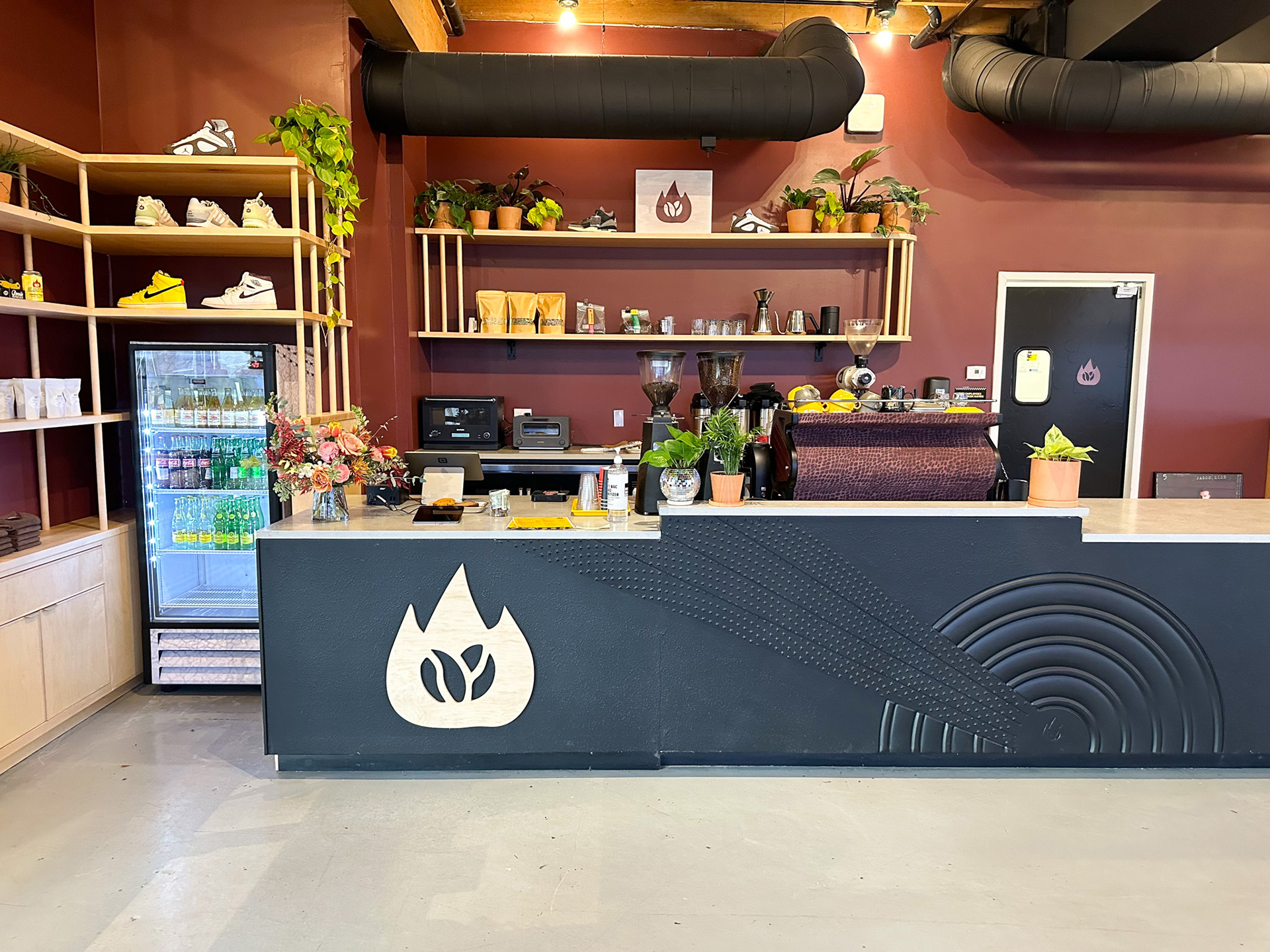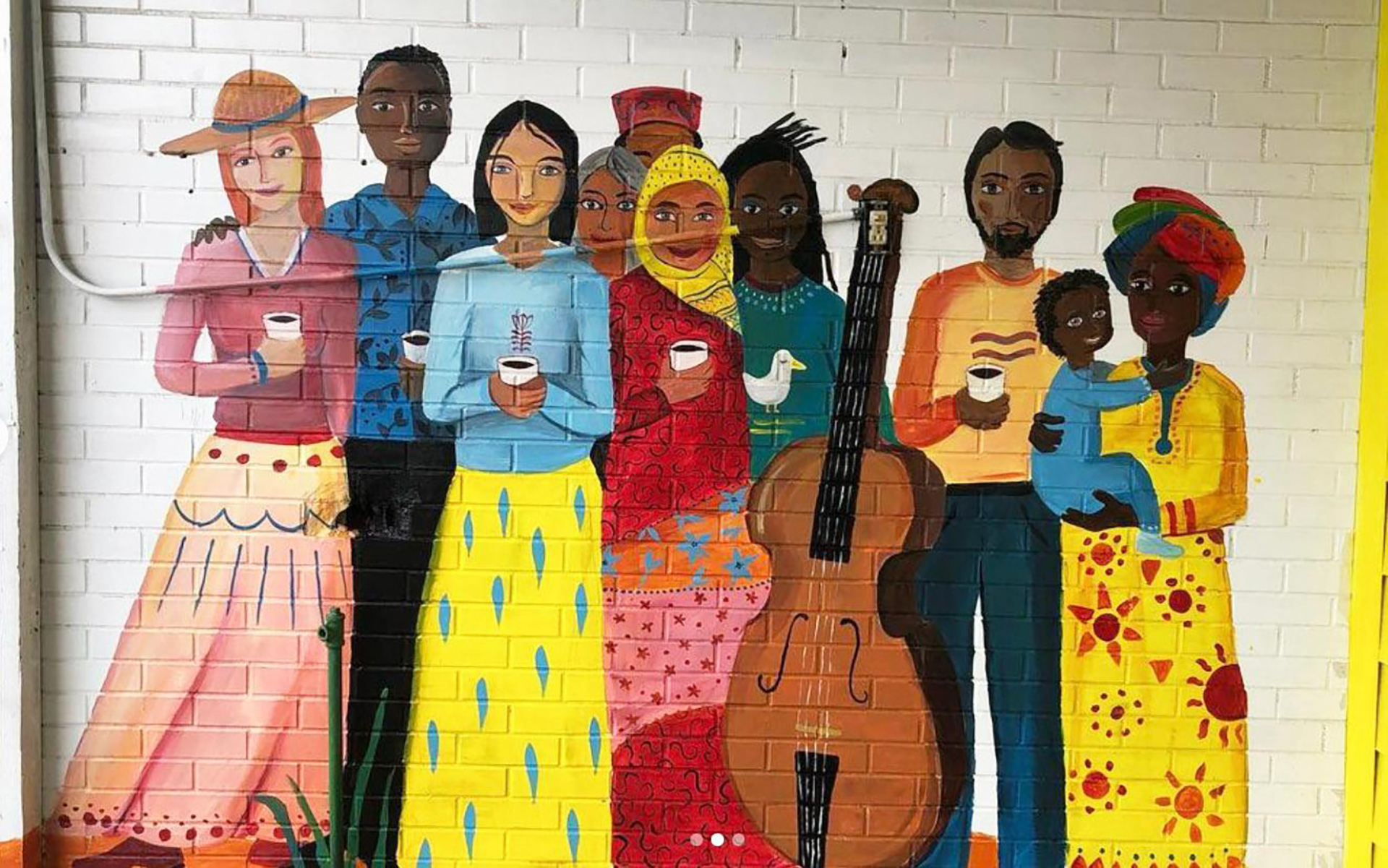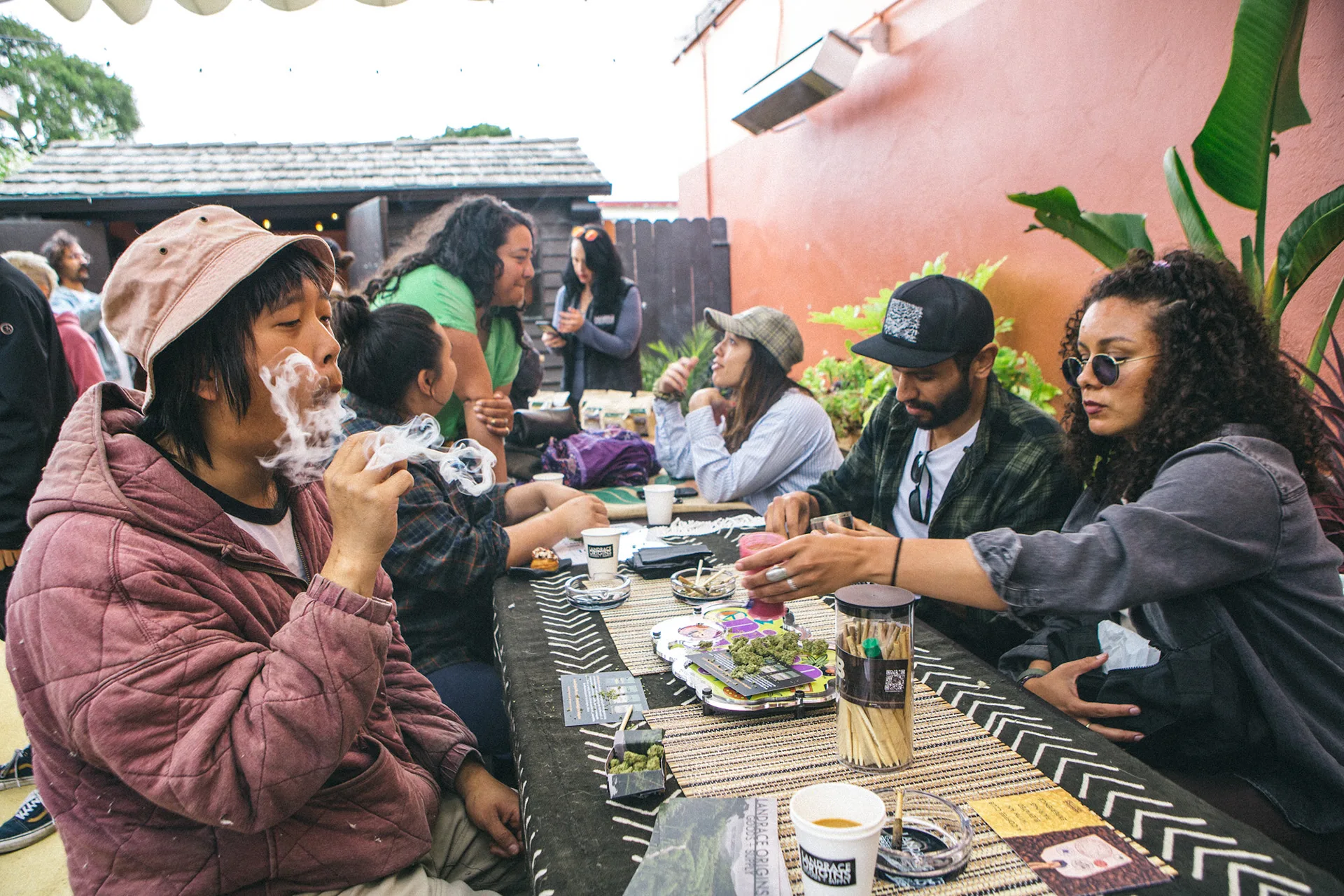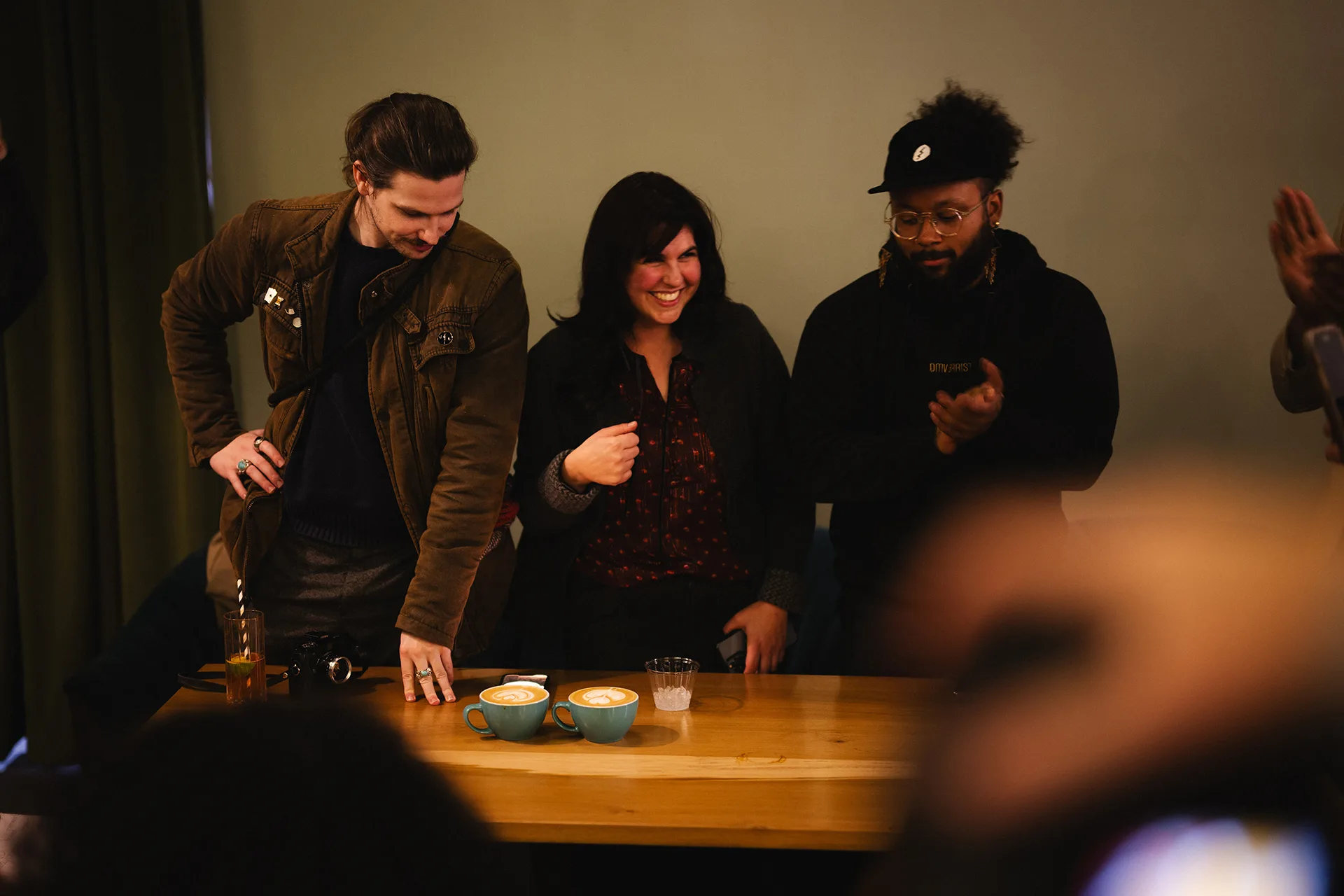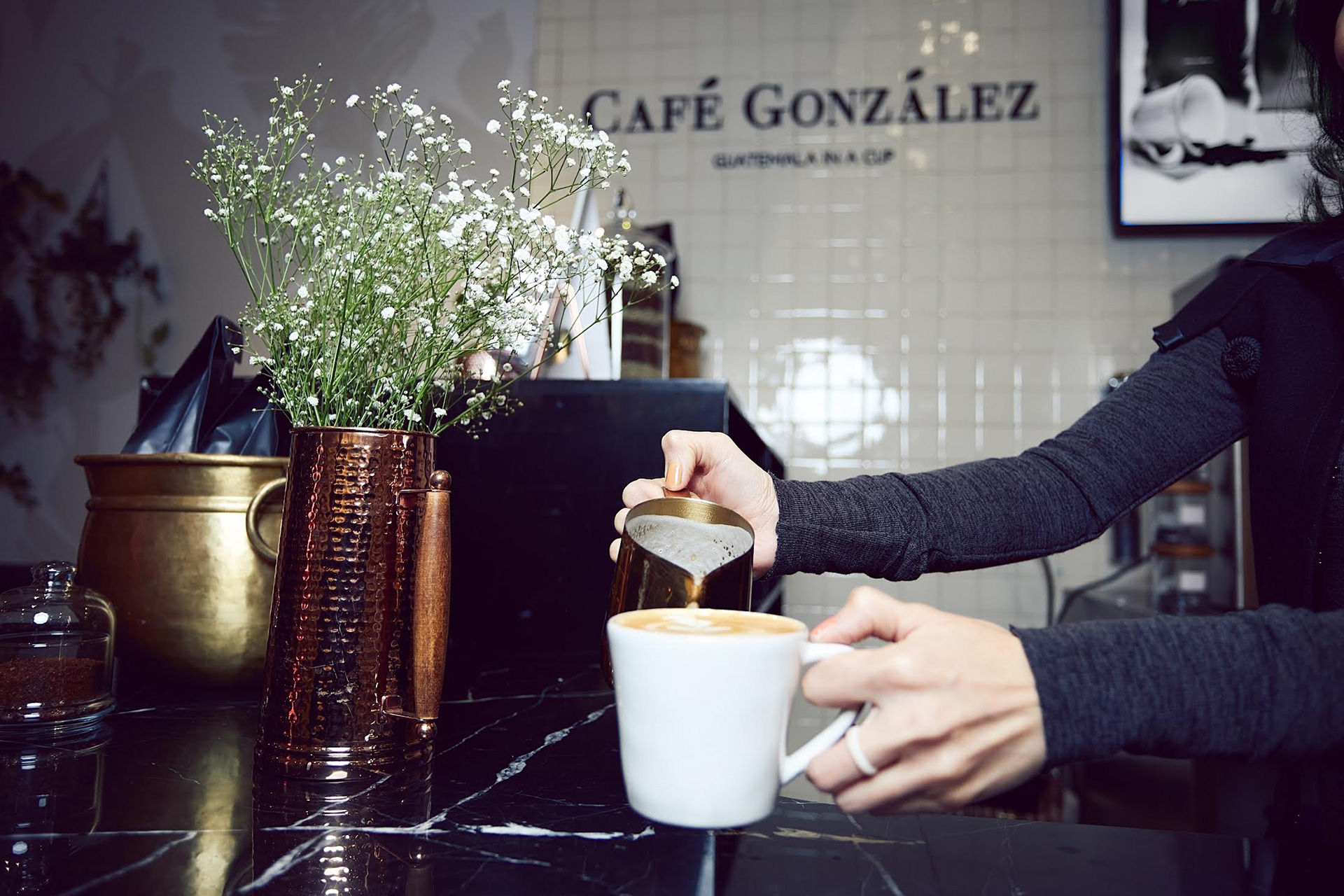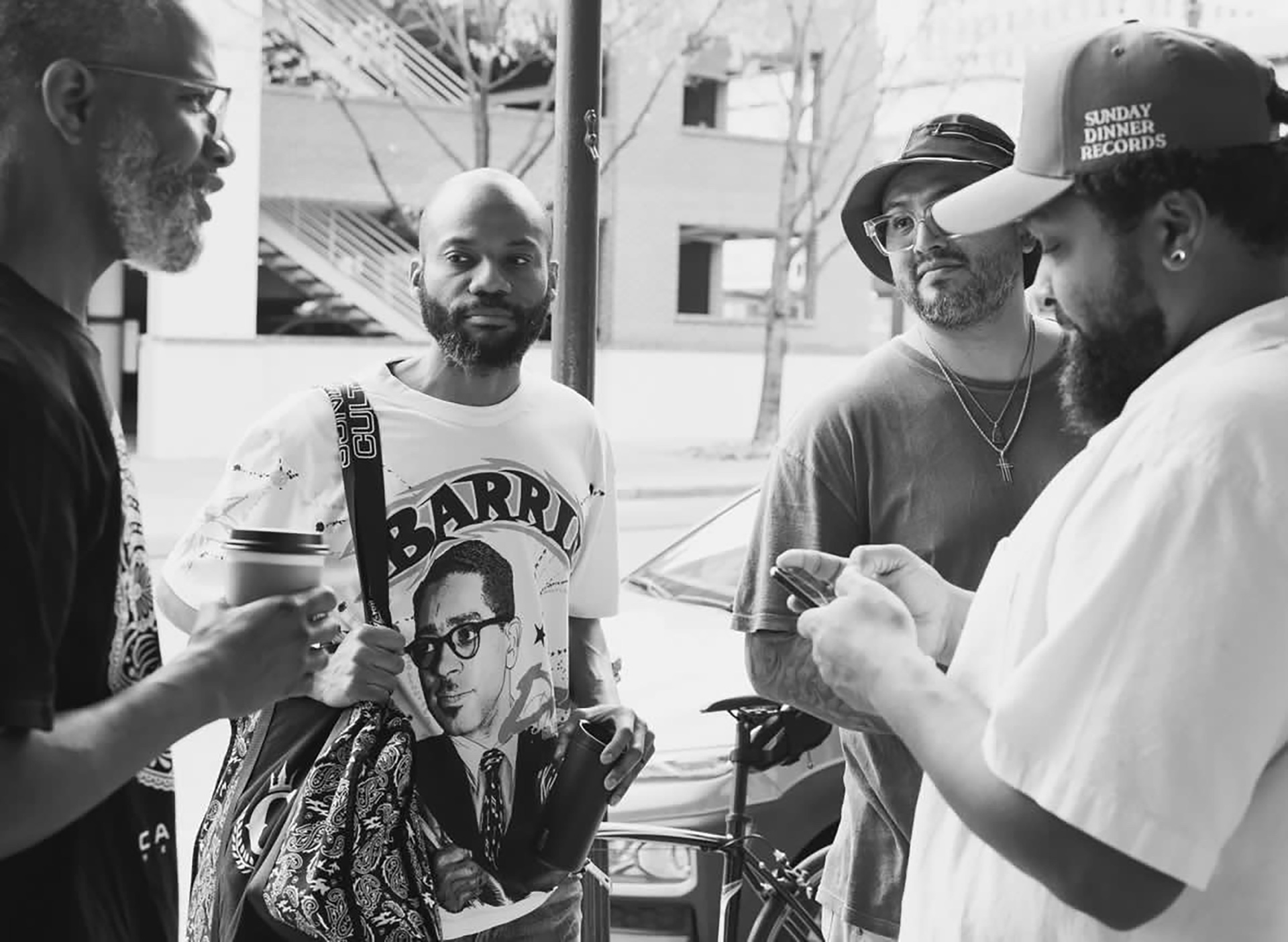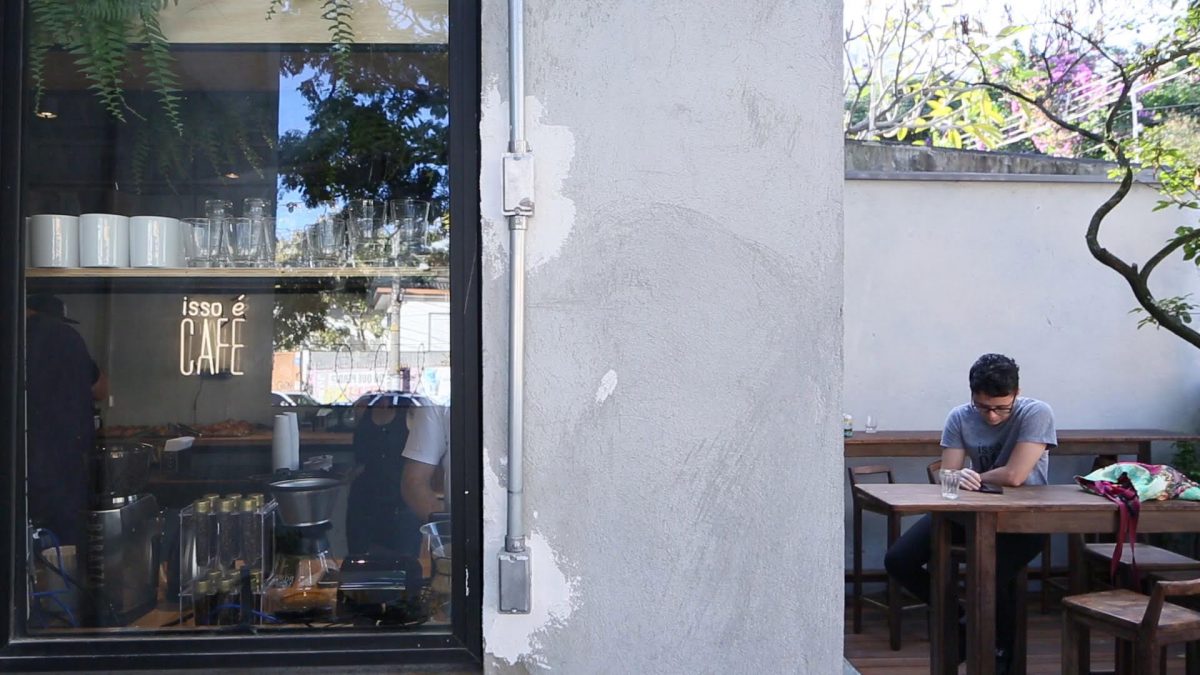
If you ever visit São Paulo, Beco do Batman—which translates to Batman’s Alley—is a must. The alley has had its name since a graffiti artist portrayed that character on one of the walls in the 1980s. Today, a variety of graffiti artists illustrate the walls—think of the Wynwood walls but instead of an industrial, flat area of Miami, imagine a bunch of walls condensed in a curvy alley located in a hilly, artsy neighborhood of São Paulo. In one of the alley’s entrances, Isso é Café just opened its second coffee shop in the city.
The story of Isso é Café is best started with the story of Fazenda Ambiental Fortaleza, also known as FAF. Silvia Barretto and Marcos Croce took over Barretto’s family farm in the early 1990s, when organic farming was still taboo in Brazil, and organic production models were mainly imported from Europe and the United States, with very little adaptation to the Brazilian climate.
They struggled for a while until they found a sustainable production model that would actually work in that region—all with the help of guru João Neto, another organic coffee producer in the region. The rest, well, is history. Barretto managed not only to transform FAF’s production model but also encouraged some of the region’s producers to follow suit with their quality and sustainability standards. Today, FAF Coffees exports some of the best coffees in Brazil, from 70 producing families, to roasters around the world.
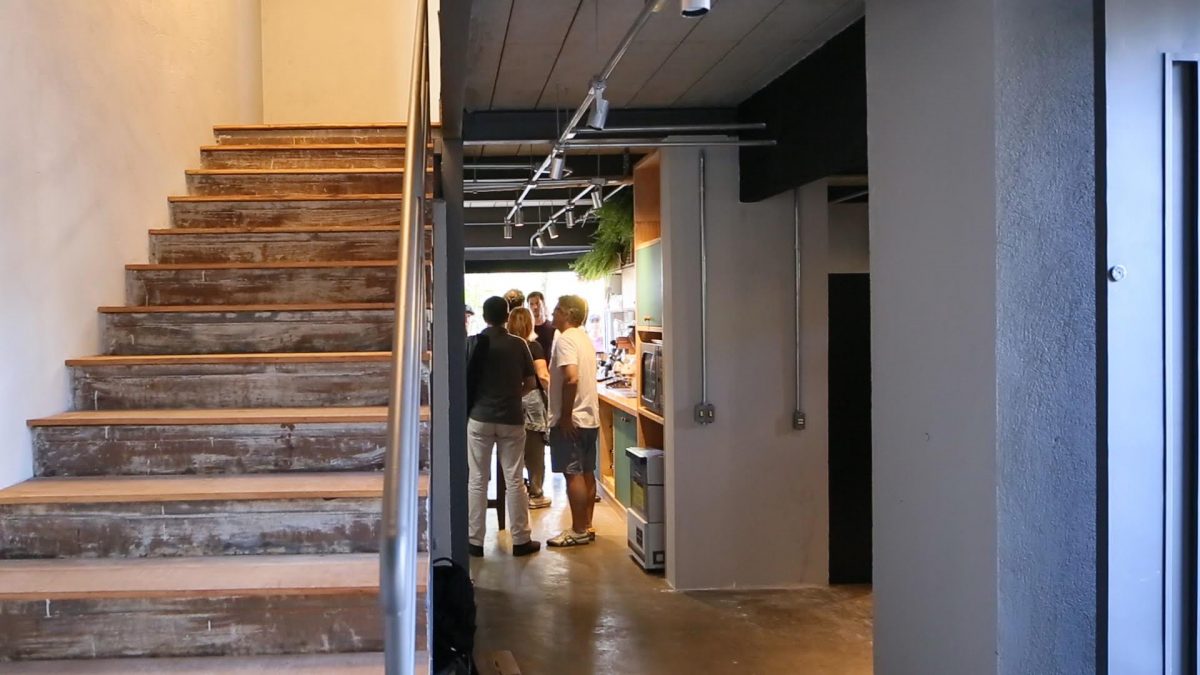
Enter the story of Isso É Café: Felipe Croce, Barretto and Marcos Croce’s son, always had entrepreneurship in his veins. Things started taking shape when he moved from the farm to São Paulo and inaugurated a cupping/roasting studio in the first floor of the house he was living in, in the heart of Vila Madalena. Together with Fábio Nakasato, who is today his partner at Isso é Café, as well as other friends, they drafted a manifesto aiming to improve the quality of coffee that was consumed here. One day, a bakery nearby ordered their coffee—their first ever wholesale order. Felipe had brought some Kraft paper tin-tie bags from the US, so they just wrote the coffee variety, drying process, and other technical information on there and delivered the bags to them. Two weeks later, the bakery had not sold one single bag.
They realized that conceivably the labeling was too technical—and that there was no way for the consumer to identify what was inside the package. So, a simple solution came to place: they started writing “Isso É Café”—which literally translates to This Is Coffee. This was their slogan at first—meant to identify what was inside the package. And it stuck.
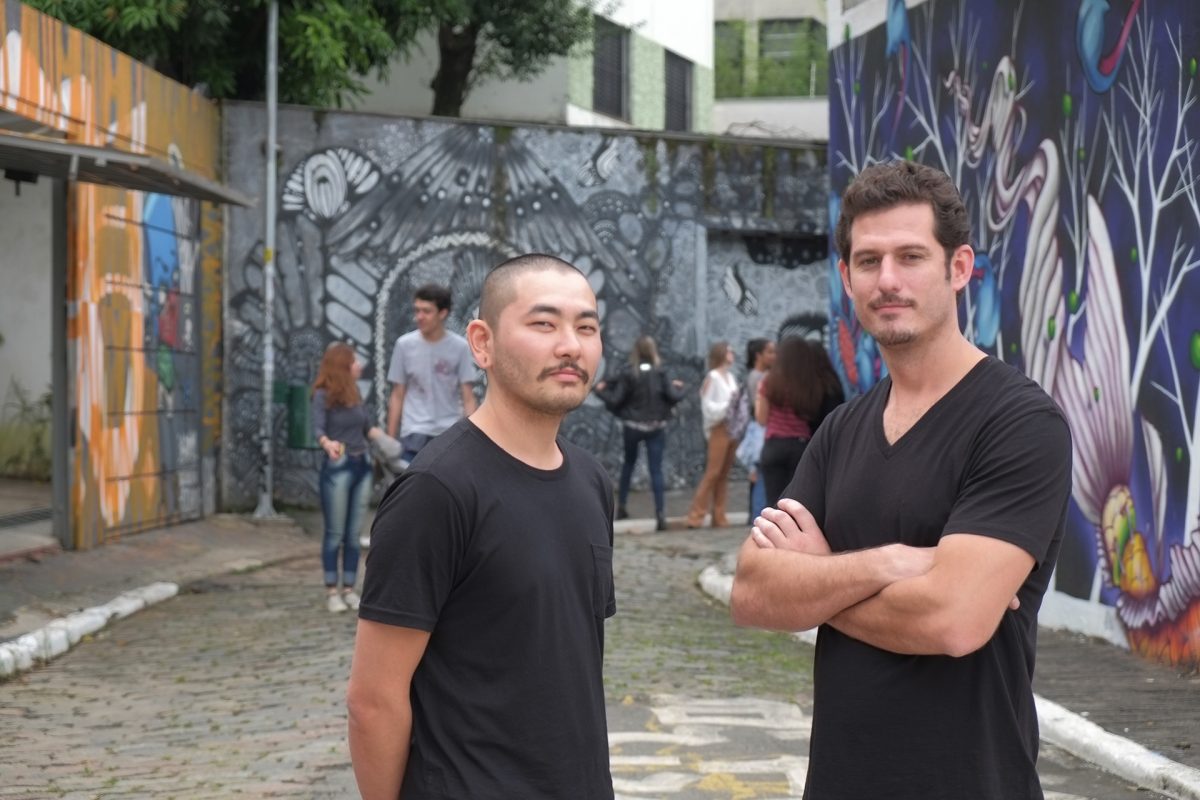
Croce liked the slogan because “it did not impose any boundaries, it was general, and that is important because coffee can mean different things to different people.” The pair realized that it could well be their coffee brand name. Next, they went on to name their different coffee blends, all made of FAF Coffee beans: Espresso 22, Carmen Miranda (the one with fruit notes, evidently), Café da Sombra, Bob-o-Link, FAF Reserva, and Cartola.
The new Isso é Café, opened a year and a half after their Mirante 9 de Julho location, has the mission to make specialty coffee even more accessible. “In my opinion, the last thing a barista should be making is coffee,” Croce says. His hospitality-first directive is part of what brought Modbar to this cafe, to allow baristas here much more time to build better relationships with customers, chat about the farm products, and care for the shop areas.
“Everything happened naturally here,” says Nakasato. “We are in a coworking space very close to our roasting studio, we offer croissants from a bakery close by, many of our products come from the FAF farm.” It certainly feels like you are at someone’s backyard. The cafe has blended quickly into the neighborhood and is far more intimate than their other cafe, where big crowds line up at the counter.
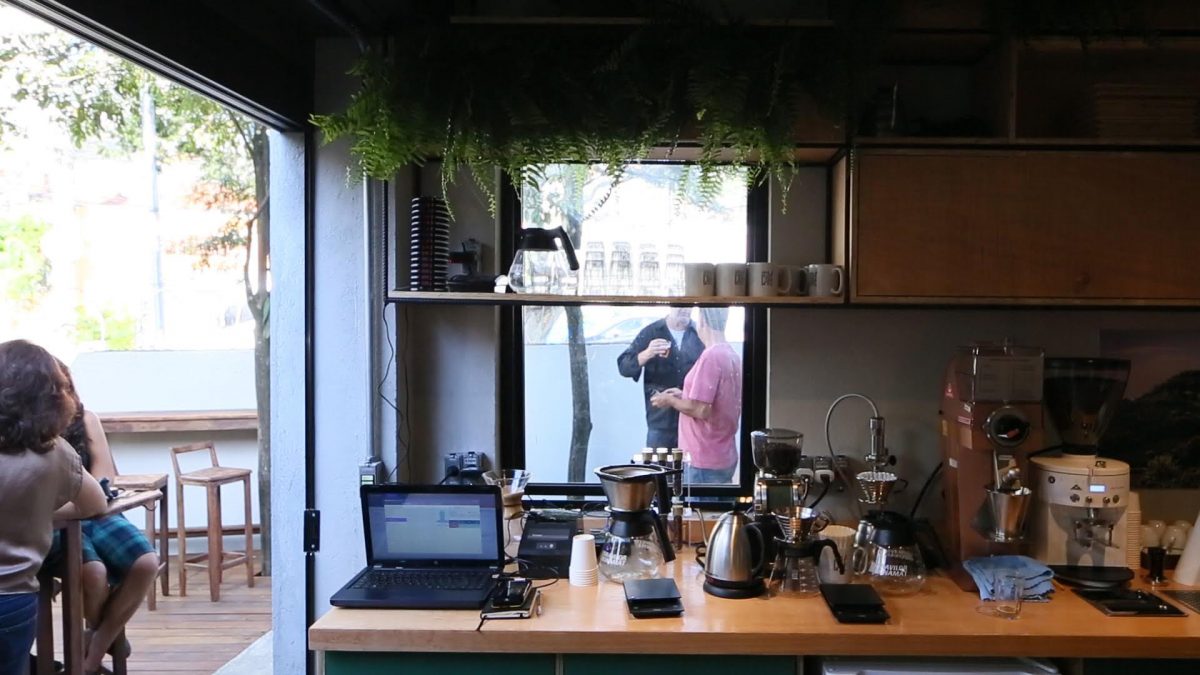
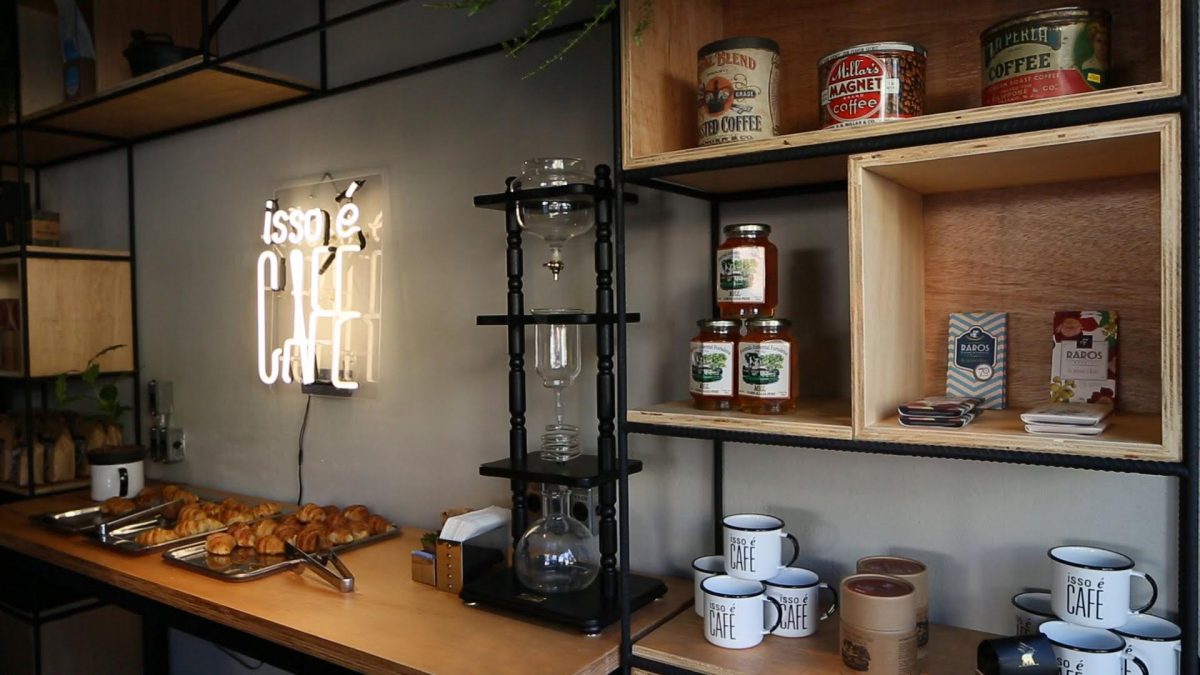
The shop’s Modbar—the first in Brazil—is regulated twice a day by one of the baristas, who will then sign off in an Excel spreadsheet on the extraction recipe used. The Cartola and Bob-o-Link blends are always available as batch brew. They are considered the gateway for customers not familiar with specialty coffee, having a nice sweetness and mouthfeel but yet affordable to most people in Brazil.
Croce and Nakasato have more to come, possibly opening a cafe with an attached roastery/studio, all in one place.
“We in Brazil have this crazy thing of ordering a coffee and asking where it is from, and suddenly you find out that you have a relative, or a colleague, who lives nearby the farm, or knows the farmer and such. This proximity to the producing side is really a privilege that we must explore,” says Croce. So why not have a space that would dig deeper into that all-things-coffee feeling, and at the same time create a sense of community in the area where it is located?
Until then, I have a recommendation for you: spend a pleasant morning exploring and taking photos of Batman Alley and then have a seat at Isso é Café 2. Indulge in some of the city’s best people-watching and enjoy this new, quintessentially Brazilian coffee experience.
Juliana Ganan is a Brazilian coffee professional and journalist. Read more Juliana Ganan on Sprudge.
Photos by Tony Chen unless otherwise noted.




